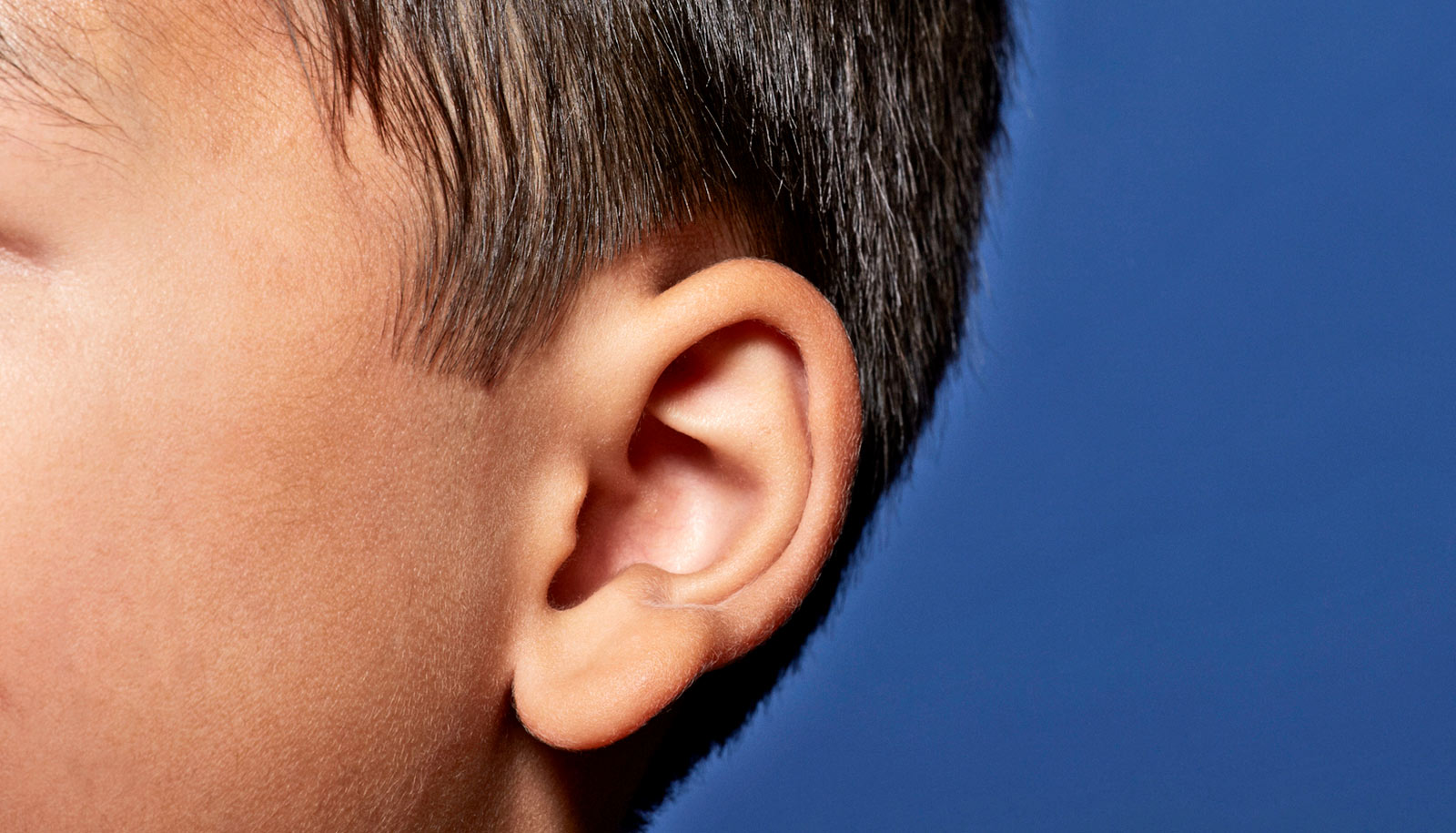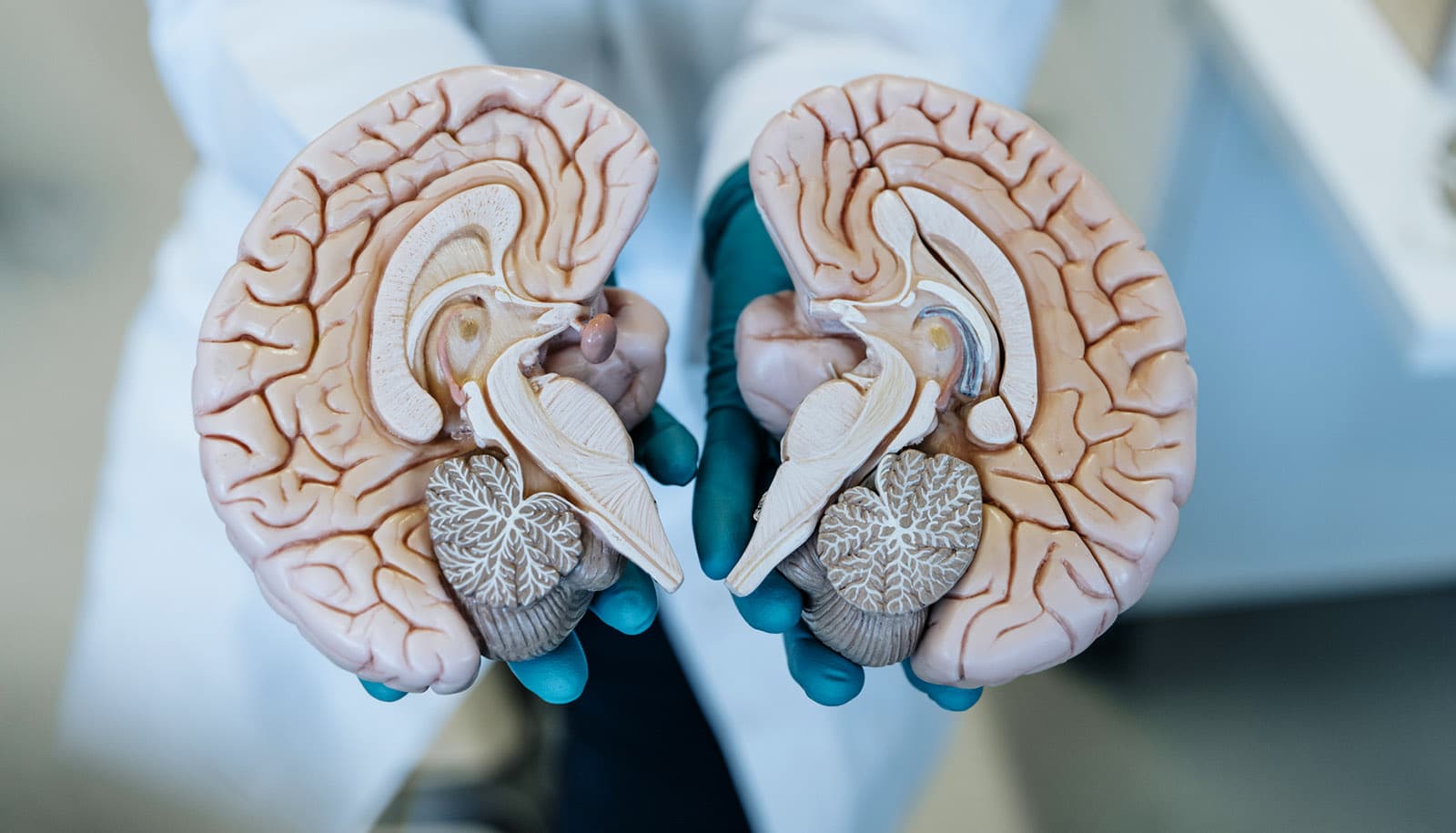Kickstarting the brain’s natural ability to adjust to new circumstances, known as neuroplasticity, improves how effectively a cochlear implant can restore hearing loss, a new study in deaf rats shows.
The researchers say the investigation may help explain why some implant recipients respond so much better to treatment than others.
Unlike hearing aids, which amplify, balance, and sharpen incoming sound, cochlear implants send electrical signals that represent sounds directly to the brain.
Unfortunately, it takes time to understand the meaning of the signals. While some cochlear implant users begin to understand speech hours after receiving their device, others require months or years to do so. The mechanisms that determine how quickly the brain can adjust to an implant have been unclear.
For the new investigation in rats—published in the journal Nature—researchers evaluated whether stimulating the locus coeruleus, a major site of neuroplasticity found deep in mammals’ brain stems, improved how quickly they learned to use their devices.
It showed that within just three days of receiving their implants, rodents given the extra boost could effectively complete tasks that required accurate hearing. By contrast, those without the stimulation needed up to 16 days to do so.
“Our findings suggest that differences in neuroplasticity, particularly in parts of the brain such as the locus coeruleus, may help explain why some cochlear implant users improve faster than others,” says lead author and neuroscientist Erin Glennon, a medical student at NYU Grossman School of Medicine.
In an earlier investigation, the research team found that electrically stimulating the locus coeruleus in rodents increases neuroplasticity and changes how the brain’s hearing system represents sound. However, the new study is the first to demonstrate that stimulating this brain region hastens hearing among cochlear implant recipients, Glennon says.
For the investigation, the study authors trained rats with normal hearing to press a button after they heard a particular sound and to ignore the button if they heard a different one. Once deafened, the rats were unable to complete the task. Then they were given cochlear implants and retrained to perform the same challenge by relying on the device.
Among the findings, the study showed that locus coeruleus activity changed dramatically as the rats learned to use their implants. At first, the brain region was most active when the animals received food after hearing the tone and pressing the correct button.
As they learned to associate pressing the button with receiving the reward, brain activity instead peaked when they just heard the tones. Notably, the faster this change occurred, the faster the rats consistently succeeded at the task.
“Our results suggest that improving neuroplasticity in the locus coeruleus may speed up and bolster the effectiveness of cochlear implants,” says study co-senior author and neuroscientist Robert C. Froemke, professor of genetics in the department of neuroscience and physiology.
Froemke, who is also a professor in the department of otolaryngology, says the team next plans to explore ways of stimulating the brain region in humans that do not require invasive surgery.
“Since our goal is to activate the locus coeruleus, we need to determine what noninvasive mechanisms may be used to trigger the brain region,” says co-senior author Mario A. Svirsky.
Svirsky, also a professor in the department of neuroscience and physiology, cautions that the rats’ hearing was examined using simple sounds in a straightforward task, while humans need to respond to nuanced speech patterns in noisy environments. Further research, he says, is needed into other brain regions that may be involved.
Additional coauthors are from the University of Cologne, the Bascom Palmer Eye Institute, and NYU.
The National Institutes of Health supported the work. Additional support came from Cochlear Ltd., an NYU vendor, which also sells equipment and technical support to NYU Langone. The terms and conditions of these agreements are being managed in accordance with the policies of the health system.
Source: NYU


